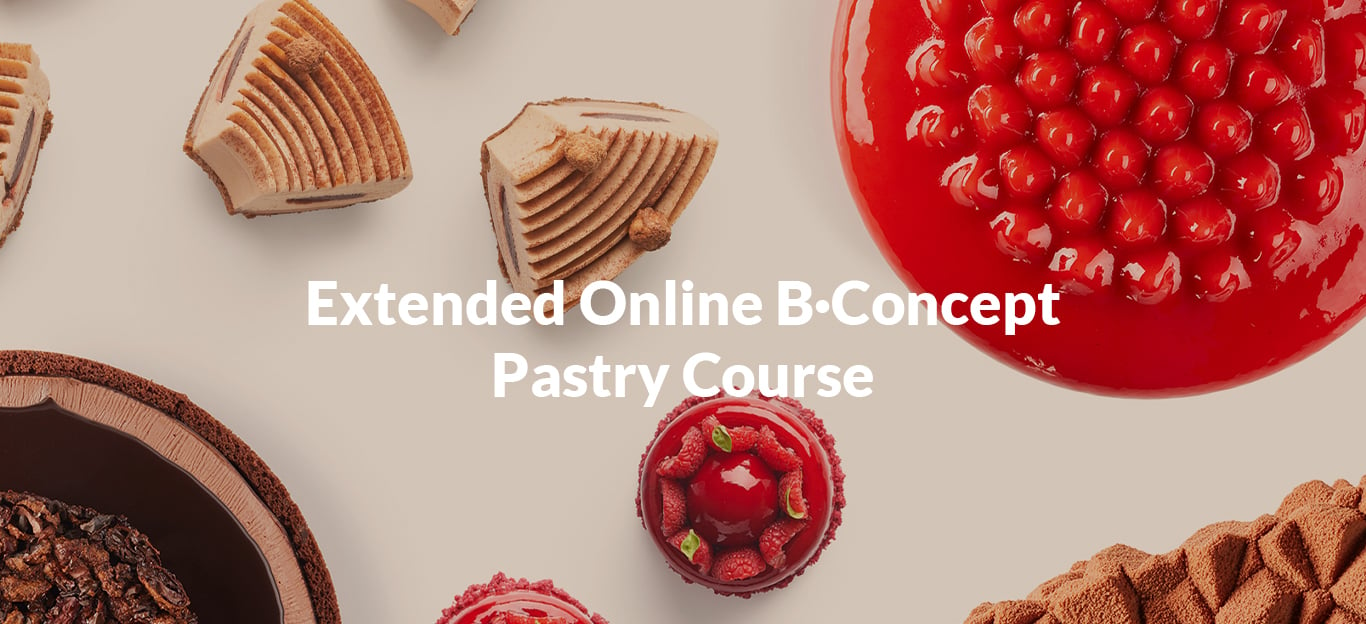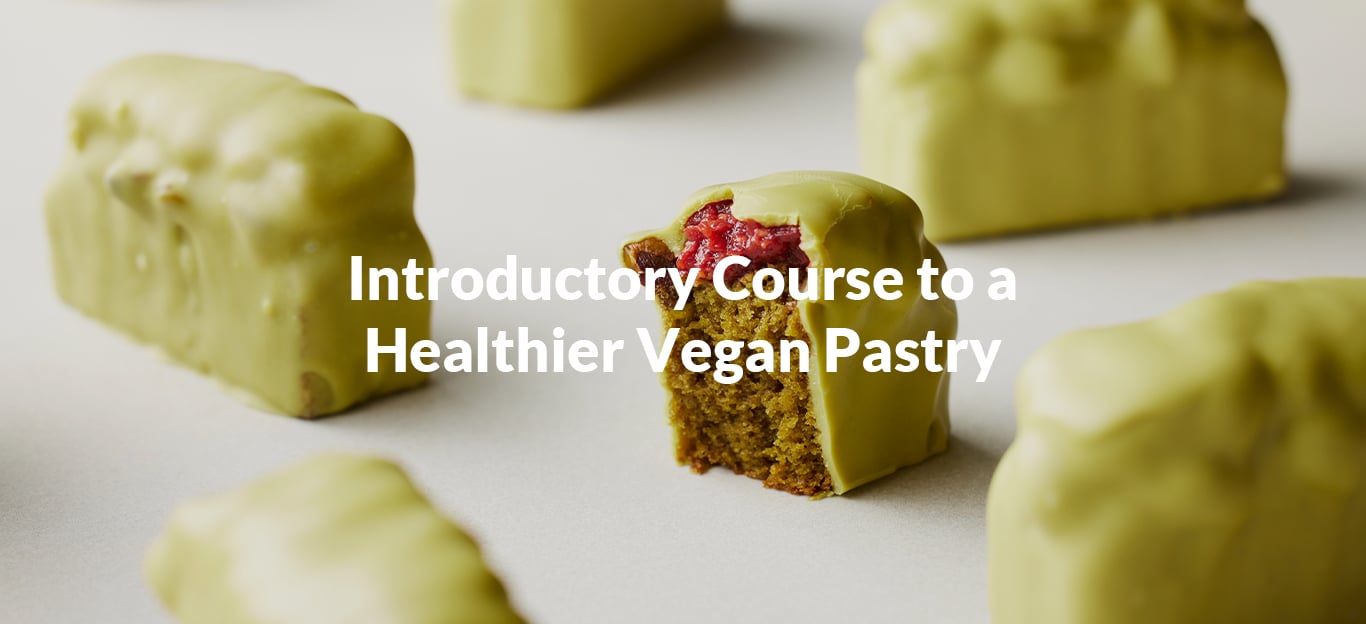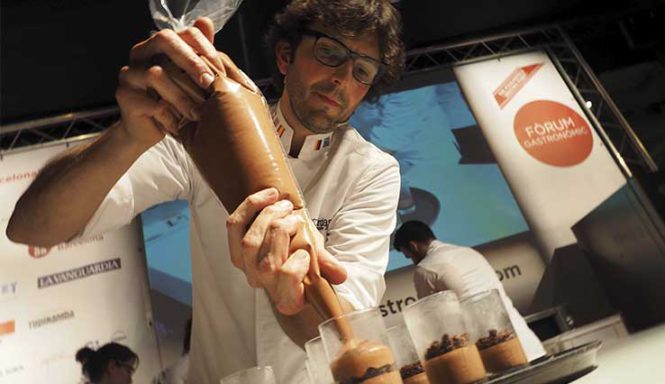
Molecular structure of starch
What is the molecular structure of starch? Starch is one of the most used ingredients in gluten free pastry. There are many varieties of starch and each one of them with a unique molecular composition and texturizing properties.
Starch is a polysaccharide which is very abundant in nature. It serves as the energy reserve of plants, as well as our main source of energy since it can represent up to 70-80% of our calorie intake.
Starch granules are found in large quantities in cereals and some root vegetables. We can also find them in smaller quantities in legumes and in some fruits and vegetables. 🥔🍠🌽
Starch is found in the endosperm of wheat grains, the inner part of the grain from which refined white flour is made. Apart from starch, in the endosperm we also find proteins that form the gluten network.
Starch is made up of two types of molecules: amylose and amylopectin. Both molecules are formed by long chains of glucose units. The main difference between them is the way the glucose units are organized: amylose has a linear structure, while amylopectin is branched.
The difference in structural organization of these molecules can have a direct impact on their physicochemical properties, like their solubility, water catching capacity, or their capacity to form links between their chains, among others. For this reason, the ratio of amylose and amylopectin in each type of starch greatly affects its functional properties.
Starches that have a high amylose content (25-30 %) form three-dimensional networks and can gel, whereas starches with a low amylose content (15-20 %) have good thickening properties but cannot form gels, since amylopectin molecules cannot form bonds with one another.
How can starch help us in gluten free elaborations? In the case of breads, brioches, or some types of sponge cake, starch with a high amylose content helps us build structure, helping the air bubbles not to collapse and the dough to rise evenly in the oven.
In the case of cakes, madeleines, and other type of recipes, the gluten network also contributes to the development of the dough, but thanks to the presence of the egg it is not so vital. Starch is added not so much to help the dough gain volume in the oven, but to improve the color, structure, and texture of the crumb.


You can rewatch the "How to make gluten free recipes with starch" Masterclass, for free on our YouTube channel!
In case you want more, the Extended Online B·Concept Pastry Course begins with a theoretical Module, dedicated to food molecules. Don't miss it!





